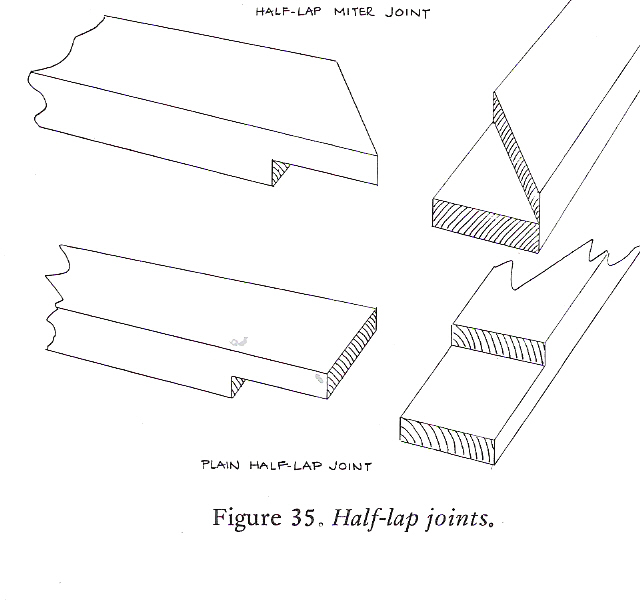Question
A client recently approached our shop with a fabrication project. They are renovating a historic property in the downtown core, a building that includes three large double-hung exterior windows with curved frames and glass.
The demolition crew, unfortunately, trashed all artifacts, and we're going to attempt to work with the brick radius and other context clues to assemble the best approximation of what once was there. The client is hoping for pine (this will be paint-grade at the end of the day) for its durability in outdoor weather. I'm not keen on steam bending pine, and am fishing around for other air-dried options for lumber that would fit the bill in this situation.
What is a durable outdoor wood that will take paint nicely, and does well in a steam bender?
Forum Responses
(Architectural Woodworking Forum)
From contributor T:
I wouldn't go that route as it would be hard to get the radius to match the existing brickwork. In fact I wouldn't do it in any circumstance. Bent lamination with the proper exterior glue would be your best bet.
Interestingly, we've just finished some work at a historic site, where I made full 1/2-round and (soon) segment tops for exterior windows (these particular bits are brickmold). They initially asked that the rounds be cut from flat pine stock, which we did... and experienced considerable grain failure at the ends, where you'd expect it. The conservators have now asked us to move to steambending those bits. The original artifact is steamed on the 1/2 rounds, and kerf-cut on the segment tops, although those look to have been done sometime in the past 40 years, and are not original to the building.
Though these windows will be double hung, it is for appearance-sake only. I imagined we'd have to find the radius and create a reliable sill template, against which we could reliably mount the steamed pieces, keeping them in shape in perpetuity.
Contributor D, if cutting the sash members from flat stock, how do you avoid the pitfalls of weak grain at the ends?
Also, I did run the bent-lamination and exterior glue idea by my boss initially. However, he's been restoring homes here in Halifax for many years, and apparently refuses to do bent glue laminations on exteriors anymore. I guess the salty air and nonsense weather always undo the laminations in short order?
Thanks for the input, this is very helpful so far.
This method avoids short grain where the curve meets the straight stiles. Anyone that does half rounds out of solids at full width needs to look at real historical work, and learn how it is done. That is a mistake the conservators should never have made. The method will always fail.
You mentioned another problem with using steamed wood - the MC at 20%. In service, even exterior, the wood will go down to 10%-12%. Since wood will move with changes in MC, the steam bent has to be dried before it can be reliably milled and joined, and glued. That drying may cause the steam bent wood to move in such a way as to make it unusable or unreliable.
Historically, half-round heads were done not only because they were attractive, but to show the knowledge and skill of the woodshop and the depth of the owner's pockets.
After making the two curved layers using segments in the typical 12" to 24" long range you glue them together face to face with joints from the two layers offset 1/2 of the segment length. Hence the name "brick laid."
This method makes an extremely solid rail that is also very stable. No more work than laminating and just as strong. I will note that the glue used when laminating is critical. I can't imagine a laminated exterior component coming apart if an exterior epoxy (West Systems for example) were used.
